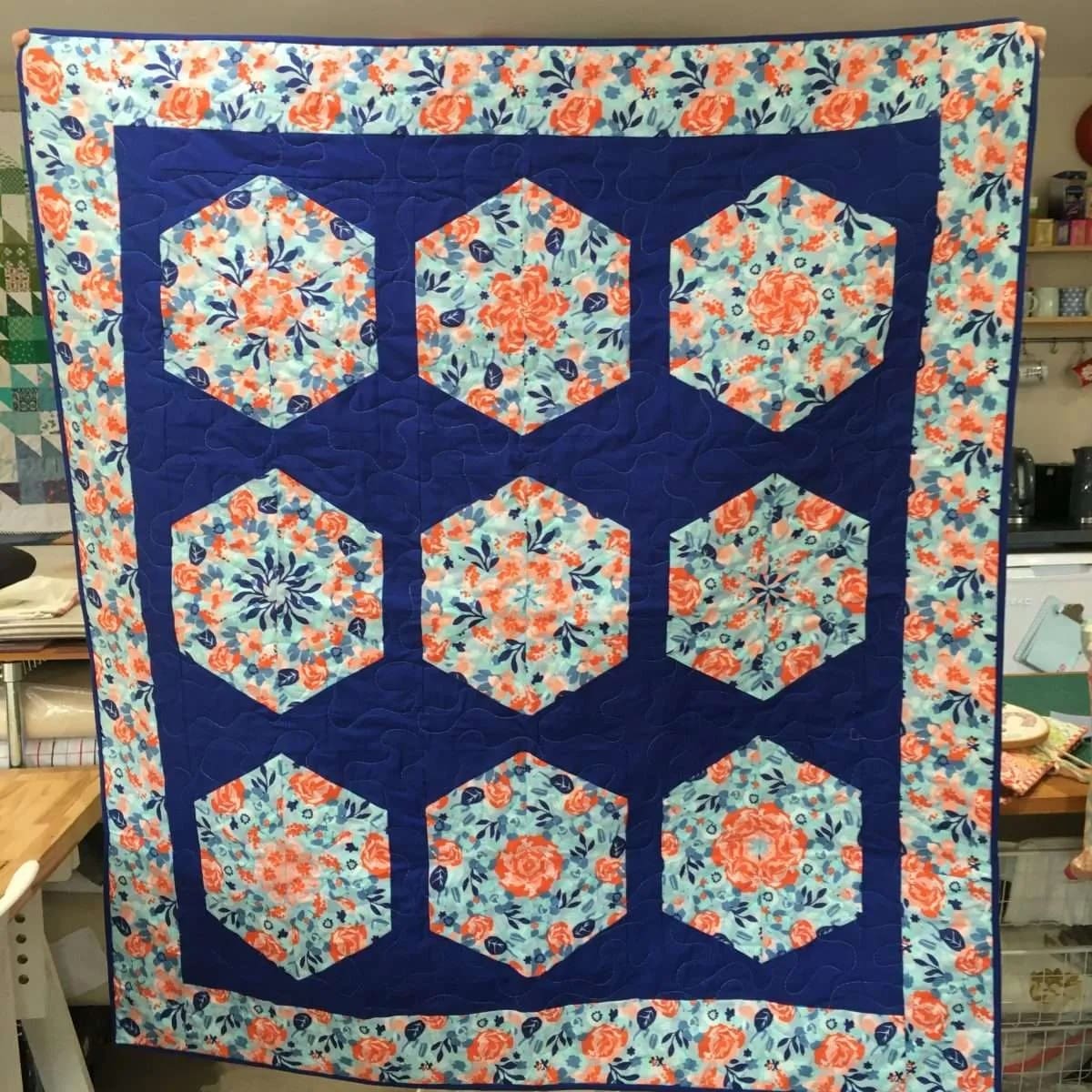

Articles
What Is A Stack And Whack Quilt
Modified: August 22, 2024
Discover the art of creating stunning stack and whack quilts with our informative articles. Learn the techniques and patterns to create unique and vibrant quilts.
(Many of the links in this article redirect to a specific reviewed product. Your purchase of these products through affiliate links helps to generate commission for Storables.com, at no extra cost. Learn more)
Introduction
Welcome to the colorful world of stack and whack quilts! If you’re a quilting enthusiast looking for a vibrant and eye-catching project, stack and whack quilts provide an exciting avenue for creativity. These quilts are known for their unique designs that appear as intricate kaleidoscope patterns, making them a favorite among quilters of all skill levels.
In this article, we’ll explore the fascinating technique behind stack and whack quilts, their origin and history, the process of fabric selection and preparation, cutting and layering techniques, design considerations, quilting and finishing touches, variations of stack and whack quilts, as well as some helpful tips and tricks to enhance your quilting experience.
So, grab your sewing machine and let’s dive into the world of stack and whack quilts!
Key Takeaways:
- Stack and whack quilting is a vibrant and captivating technique that allows quilters to create mesmerizing kaleidoscope-like designs using large-scale print fabrics. The element of surprise and endless design possibilities make it a rewarding and enjoyable quilting project.
- From fabric selection and preparation to cutting and layering techniques, stack and whack quilting offers a world of creativity and experimentation. With variations, design considerations, and helpful tips, quilters can embark on a fulfilling and unique quilting journey.
Read more: What Is A Quilt
Definition of a Stack and Whack Quilt
A stack and whack quilt is a type of quilt that features repeating patterns that create a mesmerizing kaleidoscope effect. The technique involves stacking identical or similar fabric layers, cutting them all at once, and sewing them back together in a specific arrangement to create stunning geometric designs.
What sets stack and whack quilts apart is the use of large-scale print fabrics. These fabrics typically feature bold and vibrant designs with repeating motifs, such as florals, paisleys, or geometrics. By strategically cutting and piecing these fabrics, quilters can transform simple shapes into intricate and visually captivating patterns.
One of the key aspects of stack and whack quilts is the element of surprise. Since the fabrics are stacked and cut together, the resulting designs are often unpredictable and unique. Each quilt becomes a one-of-a-kind masterpiece with its own distinct pattern and color palette.
Stack and whack quilts offer quilters the opportunity to explore their creativity and experiment with different fabric combinations. It’s a technique that allows for endless design possibilities, making it an enjoyable and rewarding quilting project.
Now that we understand the basic concept of a stack and whack quilt, let’s delve into its origin and history to discover how this technique emerged and gained popularity among quilting enthusiasts.
Origin and History
The stack and whack quilting technique was first introduced by Bethany Reynolds, a talented quilt designer and author, in the late 1980s. Bethany was inspired by the idea of creating quilts with dynamic designs using large print fabrics. She experimented with different cutting and piecing methods until she developed the stack and whack technique that would become her signature style.
As Bethany began sharing her stack and whack quilts with the quilting community, they quickly gained attention and sparked a creative wave among quilters. The innovative approach of cutting multiple fabric layers simultaneously and reassembling them to form unique patterns was a game-changer in the quilting world.
Since its introduction, stack and whack quilting has become widely popular. Quilters around the world have embraced this technique and incorporated it into their projects. The allure of creating stunning and mesmerizing designs with ease has made stack and whack quilts a favorite among both experienced quilters and beginners alike.
The stack and whack quilting technique has also evolved over the years. Quilters have experimented with different variations and adaptations, incorporating their own personal styles and preferences. Today, you can find stack and whack quilts in a wide range of designs, color palettes, and fabric choices, each with its own unique character.
The popularity of stack and whack quilting can be attributed to its versatility and the ability to showcase large-scale print fabrics in a visually appealing way. The kaleidoscope-like patterns created by the technique captivate the eyes and bring a vibrant energy to any quilt.
Now that we have explored the origins and history of stack and whack quilts, let’s move on to the process of fabric selection and preparation to ensure a successful and beautiful quilt.
Fabric Selection and Preparation
When it comes to stack and whack quilts, fabric selection plays a crucial role in achieving the desired effect. The key is to choose large-scale print fabrics that have bold and vibrant designs. Floral motifs, paisleys, geometrics, and abstract patterns are popular choices for stack and whack quilts.
When selecting fabrics, consider the overall color scheme and the desired aesthetic of your quilt. You can opt for a cohesive color palette with complementary shades, or you can choose contrasting colors for a more dramatic effect. Be mindful of the scale and intensity of the prints, as they greatly influence the visual impact of the final quilt.
Once you have chosen your fabrics, it’s important to prepare them before cutting. Start by washing and ironing the fabrics to remove any sizing or chemical treatments. This step ensures that the fabrics will not shrink or distort later on. Remember to handle the fabrics with care to prevent stretching or misalignment.
Next, consider how the fabric designs will be showcased in the quilt. Since stack and whack quilts often feature repeating patterns, it’s crucial to align the fabric layers properly to ensure a harmonious design. Take the time to carefully stack the fabric layers, making sure that the design motifs line up accurately.
It’s also a good idea to consider the amount of fabric needed for your project. Having enough fabric to work with ensures that you can experiment with different orientations of the prints and have some flexibility during the cutting and piecing process.
Now that your fabrics are selected and prepared, let’s move on to the exciting part – cutting and layering the fabrics to create those captivating stack and whack designs!
Cutting and Layering the Fabrics
The cutting and layering process is where the magic of stack and whack quilts truly comes to life. This step is where you transform your chosen fabrics into mesmerizing patterns that resemble kaleidoscope designs.
To begin, align your fabric layers one on top of the other. Make sure that the motifs are stacked in a way that will create interesting and harmonious patterns when cut and pieced back together. This step requires precision and attention to detail to achieve the best results.
Once the fabrics are stacked, secure them in place using pins or clips to ensure they don’t shift during the cutting process. Select a ruler or template with the desired shape and size for your design. Common shapes used in stack and whack quilts include squares, triangles, diamonds, and hexagons.
Position the ruler/template on top of the stacked fabrics, making sure to align it with the fabric motifs. Carefully cut through all the layers, following the edges of the ruler/template. Take your time to ensure clean and accurate cuts.
As you cut, you’ll notice the exquisite patterns emerging with each slice. The symmetrical and repetitive nature of stack and whack quilts creates stunning designs that are sure to impress.
After cutting, rearrange the pieces to see how they fit together. Experiment with different arrangements to find the most visually appealing combination. This is where you can let your creativity shine and create unique compositions.
Once you’re satisfied with the layout, it’s time to start piecing the fabric pieces together. Sew them using a scant quarter-inch seam allowance to ensure precise alignment and minimize bulk. As you stitch, be mindful of matching the seams and maintaining the integrity of the pattern.
Continue piecing the sections together until the desired quilt top size is achieved. Press the seams open or to the side according to your preference and the thickness of the fabric.
Now that your fabric pieces are meticulously cut and pieced together, it’s time to explore some of the techniques and considerations that can enhance the design of your stack and whack quilt.
Read more: What Is A Soil Stack In Plumbing
Stack and Whack Techniques
Stack and whack quilting offers a variety of techniques and approaches to create stunning and unique designs. Here are a few techniques to consider when embarking on your stack and whack quilting journey:
- Rotating Layers: One technique involves rotating the fabric layers after each cut. This creates a sense of movement in the design and adds an extra element of visual interest.
- Fussy Cutting: Fussy cutting is the art of selectively cutting specific motifs or elements from the fabric to create focal points or to highlight a particular theme in the quilt. This technique adds a personalized touch to the design.
- Multiple Stack: By stacking more than two layers of fabric, you can create even more complex patterns and intricate designs. This technique allows for a greater variety of shapes and sizes in your quilt.
- Pattern Expansion: Another technique is to expand the pattern by incorporating additional fabric pieces or borders. This creates a larger quilt top while maintaining the integrity of the original design.
- Mirror Image: Experiment with creating mirror image effects by folding the fabric layers before cutting. This technique results in symmetrical designs that give the illusion of continuity and balance.
- Color Placement: Play with the placement of colors within the design. You can create gradients, ombré effects, or contrasting color combinations to add depth and visual impact to your stack and whack quilt.
These techniques are just a starting point, and the possibilities are endless. Feel free to explore and experiment, as stack and whack quilting allows for improvisation and personalization.
As you work on your stack and whack quilt, keep in mind some design considerations that can help in achieving a visually stunning and cohesive finished product.
Let’s dive into the next section to learn more about design considerations in stack and whack quilts.
When making a Stack and Whack quilt, be sure to carefully align and stack your fabric pieces before cutting to ensure that the pattern will match up perfectly when sewn together.
Design Considerations
Design considerations are important when creating a stack and whack quilt to ensure a visually appealing and cohesive final product. Here are some factors to keep in mind as you plan and design your quilt:
- Color Balance: Pay attention to the balance of colors in your quilt. Consider using a mix of bold and neutral colors to create contrast and visual interest. Distribute the colors evenly throughout the design or strategically place pops of color for emphasis.
- Scale and Proportion: Take into account the scale and proportion of the fabric prints in your quilt. Varying the sizes of your fabric pieces can add depth and dimension to the overall design. Experiment with different combinations to find the right balance.
- Contrasting Elements: Incorporate contrasting elements in your design to create visual impact. This can be achieved through the use of contrasting colors, shapes, or patterns. The contrast adds excitement and draws the viewer’s eye to different parts of the quilt.
- Pattern Alignment: Pay attention to the alignment of fabric motifs as you piece your quilt together. Ensure that the patterns flow smoothly from one piece to another, creating a cohesive and harmonious design. Adjust the placement of fabric pieces if needed to maintain pattern continuity.
- Negative Space: Consider the use of negative space in your stack and whack quilt. Negative space refers to the empty areas between fabric pieces. Strategic placement of negative space can enhance the overall design and highlight the intricate patterns created by the fabric cuts.
- Borders and Binding: Don’t forget about the borders and binding of your quilt. Choose fabrics that complement the overall design and provide a finishing touch. Borders can frame the design and add an extra element of interest. Binding should be selected with consideration for the color scheme and style of the quilt.
By taking these design considerations into account, you can create a stack and whack quilt that is visually captivating and cohesive. Remember to trust your instincts and let your creativity guide you as you design and execute your quilt.
Next, let’s explore the quilting and finishing touches to complete your stack and whack quilt.
Quilting and Finishing Touches
Once your stack and whack quilt top is complete, it’s time to move on to the quilting and finishing touches. Quilting adds texture and stability to the quilt while also accentuating the design. Here are some options to consider for quilting your stack and whack quilt:
- Free-motion Quilting: Free-motion quilting allows for endless creativity and flexibility. It involves stitching intricate designs using a free-motion quilting foot on your sewing machine. You can explore various motifs and patterns that complement your stack and whack design.
- Walking Foot Quilting: If you prefer straight-line quilting, a walking foot can be used to help feed the layers evenly. You can quilt parallel lines or create geometric patterns that complement the angles and shapes of your stack and whack design.
- Quilting in the Ditch: Quilting in the ditch involves stitching along the seams of your pieced quilt top. This technique can be used to emphasize the design and provide stability to the quilt.
- Edge-to-Edge Quilting: Edge-to-edge quilting involves stitching a continuous design across the entire quilt surface. This technique is efficient and creates a cohesive look throughout the quilt.
- Final Touches: Once your quilt is quilted, it’s time for the finishing touches. Trim any excess batting and backing fabric, ensuring straight and even edges. Bind the quilt using your preferred method, whether it’s machine stitching or hand stitching. Choose a binding fabric that complements the overall design and provides a polished look.
Remember that the quilting process is personal, and there are no strict rules. Let your creativity guide you as you choose the quilting technique and style that best suits your stack and whack quilt.
Lastly, don’t forget to add a label to your quilt. A label not only adds a personal touch, but it also serves as a record of your hard work and creativity. Include your name, the date, and any other information you’d like to share about the quilt.
With the quilting and finishing touches complete, your stack and whack quilt is now a beautiful and unique piece of art. Take a step back and admire your creation, knowing that it’s a labor of love that will be cherished for years to come.
In the next section, we’ll explore some popular variations of stack and whack quilts that you might find inspiring for future projects.
Variations of Stack and Whack Quilts
Stack and whack quilting is a technique that allows for a wide range of creative possibilities. As you explore this quilting technique, you’ll discover various variations and adaptations that can add a unique twist to your stack and whack quilts. Here are a few popular variations to consider:
- Fussy Cut Variations: Building on the concept of fussy cutting, you can experiment with different ways to highlight specific motifs or elements in your fabric. This can include isolating a single motif and using it as a focal point or creating symmetrical designs using mirrored fussy cuts.
- Strip Piecing: Instead of cutting individual fabric pieces, you can create strip sets by sewing together strips of fabric and then cutting them into sections. This technique adds a different texture and visual interest to your stack and whack design.
- Shape Variations: While squares and triangles are commonly used in stack and whack quilts, you can explore other shapes such as diamonds, hexagons, or even more complex shapes like curves and stars. Playing with different shapes can open up new design possibilities.
- Color Gradient: Create a beautiful color gradient effect by strategically arranging your fabrics from light to dark or vice versa. This creates a visually stunning transition of colors within your stack and whack quilt.
- Combining Techniques: Mix and match stack and whack with other quilting techniques to create unique hybrid designs. You can incorporate appliqué, embroidery, or foundation piecing to add additional elements and textures to your quilt.
- Scale and Size: Experiment with the scale and size of your fabric cuts. By enlarging or reducing the size of the cuts, you can create different levels of intricacy and visual impact in your stack and whack quilt.
These variations offer endless possibilities for expanding your stack and whack quilting repertoire. Don’t be afraid to try something new and push the boundaries of your creativity.
Now that you have a good understanding of the different variations of stack and whack quilts, let’s explore some helpful tips and tricks that can elevate your stack and whack quilting experience.
Read more: What Is A Temperature Quilt
Tips and Tricks
As you embark on your stack and whack quilting adventure, here are some helpful tips and tricks to enhance your quilting experience and ensure successful outcomes:
- Plan your design: Before you start cutting, take the time to plan your design. Consider the placement of fabric motifs and how they will interact with each other. Sketching out your design on paper or using design software can help you visualize the final result.
- Accuracy is key: Precise cutting and piecing are crucial in stack and whack quilting. Take your time to cut accurately and align the fabric layers properly. This will ensure that the patterns flow seamlessly and create a stunning visual effect.
- Use a design wall: A design wall or a large flat surface can be incredibly helpful in arranging and visualizing your stack and whack design. You can easily move pieces around and experiment with different layouts until you achieve the desired look.
- Organize your fabric cuts: As you cut the fabrics, it’s important to keep the pieces organized. Label them or place them in separate containers or bags to avoid confusion and ensure efficient piecing later on.
- Press as you go: Pressing the fabric pieces as you piece them together helps to create crisp, flat seams. Use a hot iron and press the seams in the desired direction to ensure a professional finish.
- Embrace imperfections: While precision is important, remember that stack and whack quilts are meant to be dynamic and unique. Embrace the unexpected and embrace imperfections for a truly one-of-a-kind quilt with character and charm.
- Practice and experiment: Like any quilting technique, stack and whack quilting improves with practice. Don’t be afraid to experiment with different fabric combinations, cut sizes, and design variations. Each project is an opportunity to learn and grow as a quilter.
Remember, stack and whack quilting is all about creativity and enjoyment. Don’t be afraid to take risks and have fun with your quilting journey. With time and practice, you’ll develop your own style and techniques that make your stack and whack quilts truly unique.
As we wrap up this article, it’s important to acknowledge the beauty and artistry that stack and whack quilting brings to the world of quilting. The mesmerizing patterns and vibrant designs created through this technique have captivated quilters and enthusiasts for years, and it continues to inspire creativity and imagination.
So, embrace the stack and whack technique, explore its variations, and let your creativity soar as you create stunning stack and whack quilts that are as unique as you are.
Happy quilting!
Conclusion
Stack and whack quilts have revolutionized the quilting world with their mesmerizing patterns and vibrant designs. This innovative technique, introduced by quilt designer Bethany Reynolds, has captivated quilters of all skill levels, allowing them to create stunning kaleidoscope-like quilts.
In this article, we have explored the definition and origins of stack and whack quilts, delved into the process of fabric selection and preparation, learned about cutting and layering techniques, and discovered various design considerations. We have also discussed quilting options, finishing touches, and explored popular variations and helpful tips and tricks to enhance your stack and whack quilting experience.
Stack and whack quilting is a gateway to creativity, offering endless possibilities for design exploration. It encourages quilters to experiment with fabric choices, shapes, colors, and techniques, resulting in truly unique and captivating quilts.
Whether you’re a seasoned quilter or just starting your quilting journey, stack and whack quilts provide a fulfilling and rewarding experience. The element of surprise and the joy of seeing the patterns unfold as you cut and piece the fabrics together adds an excitement and anticipation that makes each project a delightful adventure.
So, gather your favorite fabrics, sharpen your rotary cutter, and embrace the magic of stack and whack quilting. Let your creativity soar as you create quilts that reflect your personal style and artistic vision.
As you embark on your stack and whack quilting journey, remember to enjoy the process, learn from each project, and share your love of quilting with others.
Happy quilting and may your stack and whack quilts bring joy, beauty, and warmth to your life and the lives of those who cherish your creations!
Frequently Asked Questions about What Is A Stack And Whack Quilt
Was this page helpful?
At Storables.com, we guarantee accurate and reliable information. Our content, validated by Expert Board Contributors, is crafted following stringent Editorial Policies. We're committed to providing you with well-researched, expert-backed insights for all your informational needs.
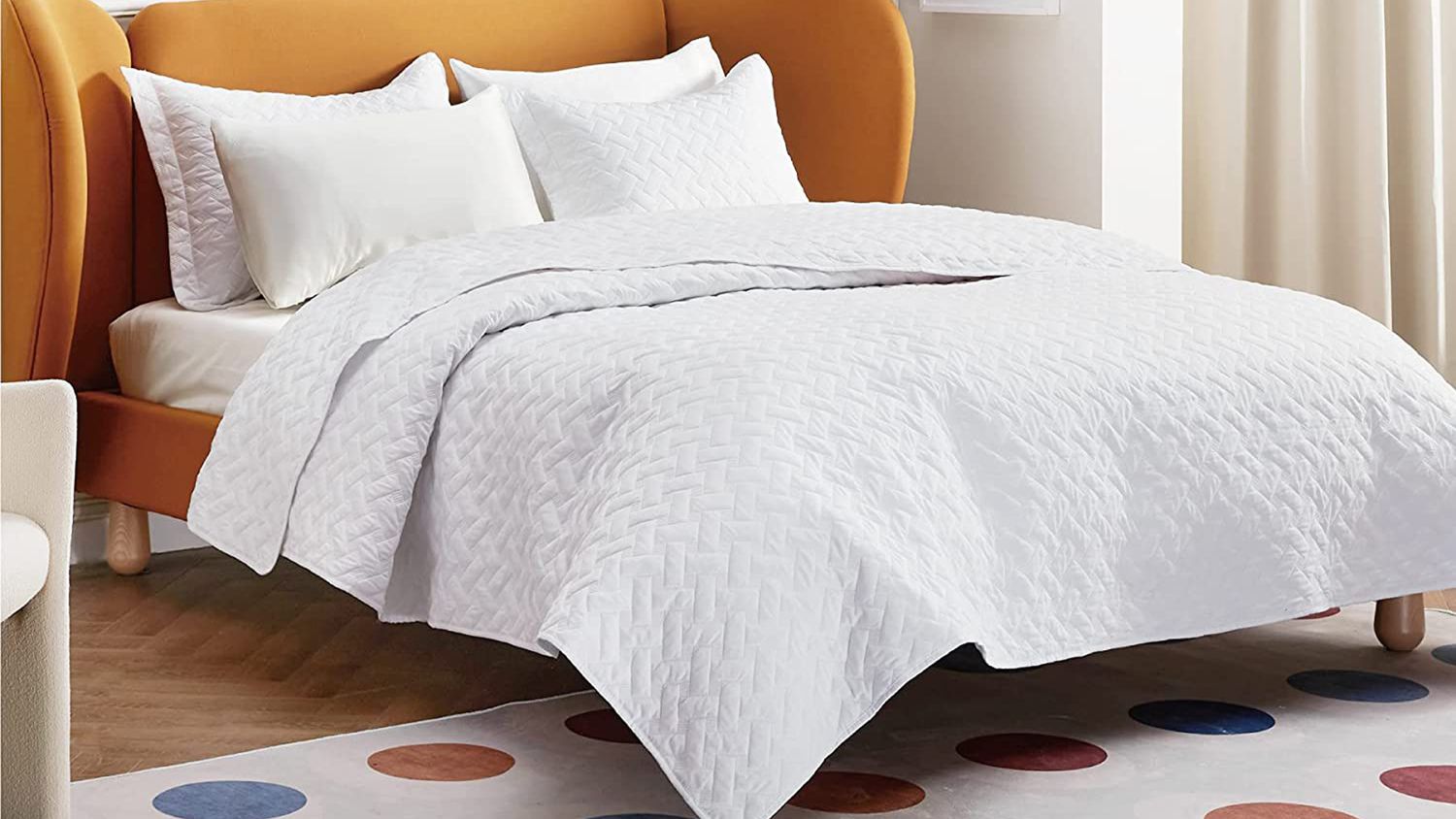

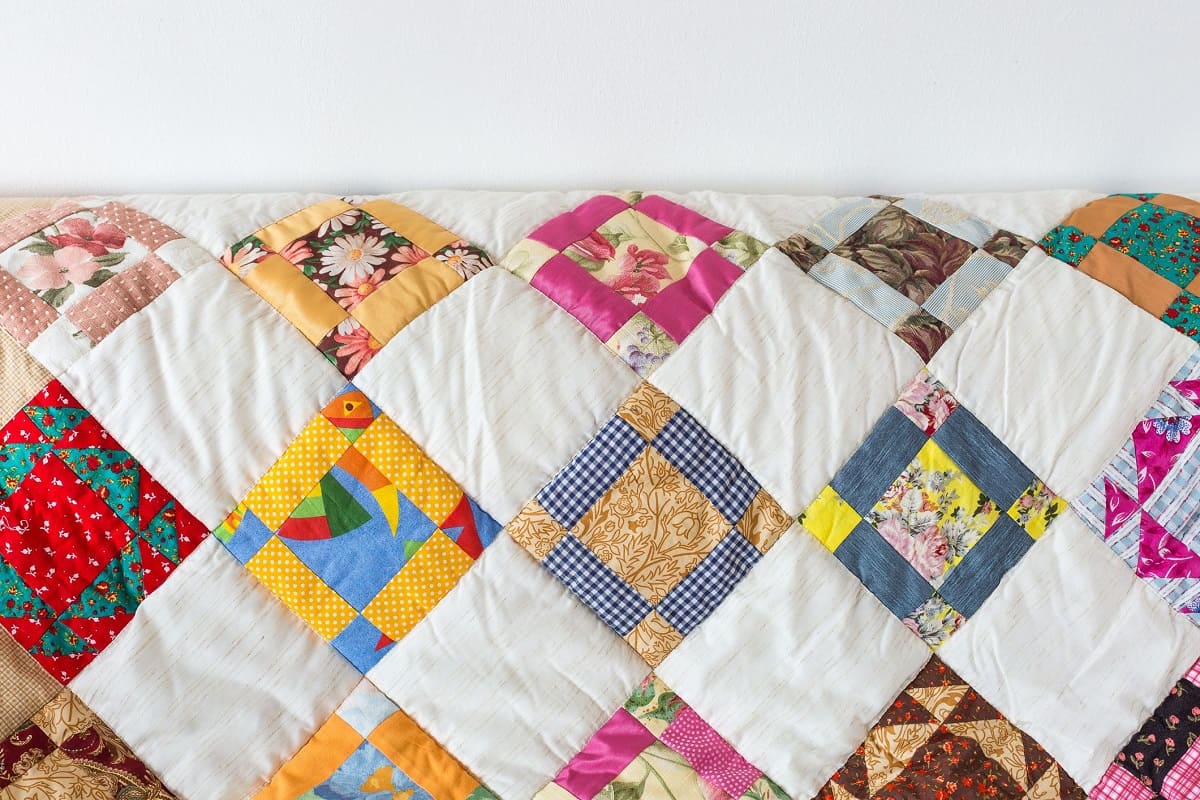
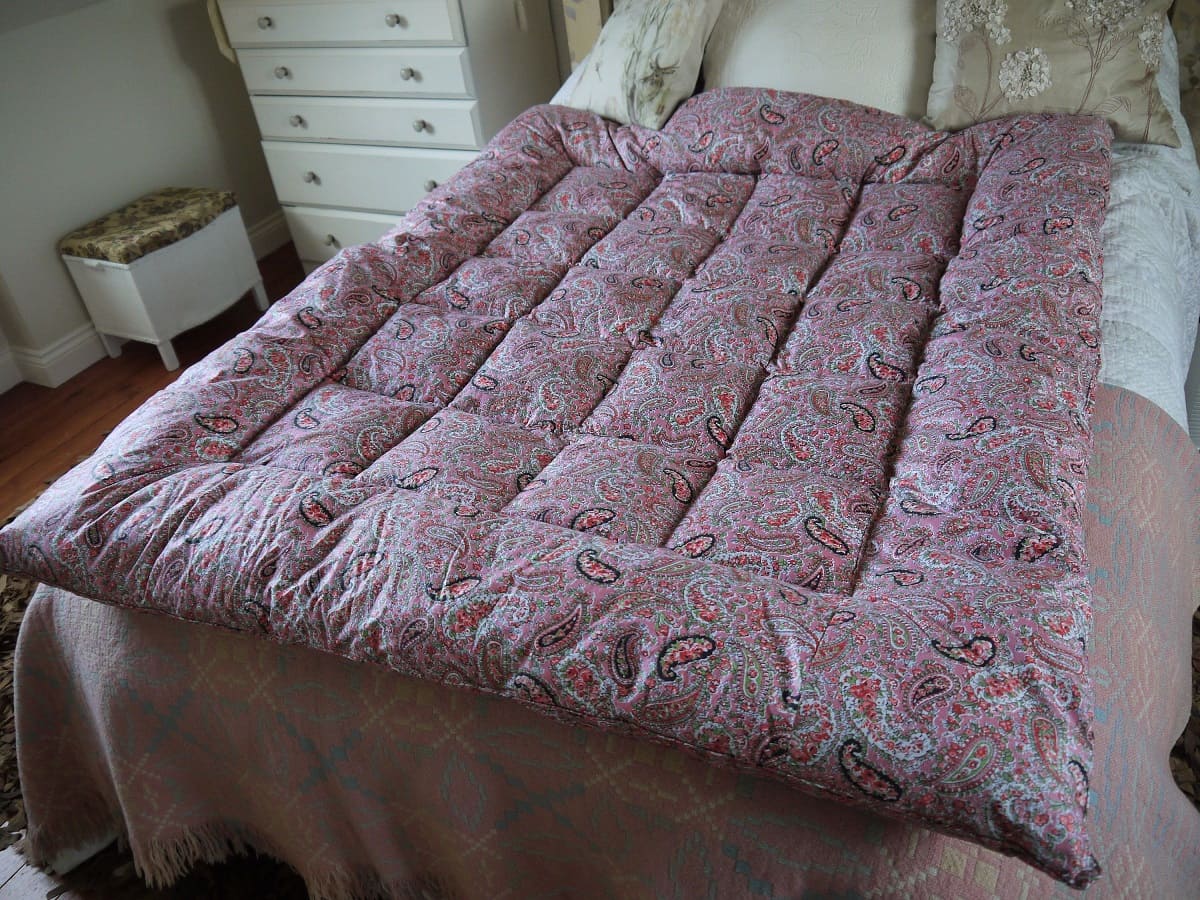

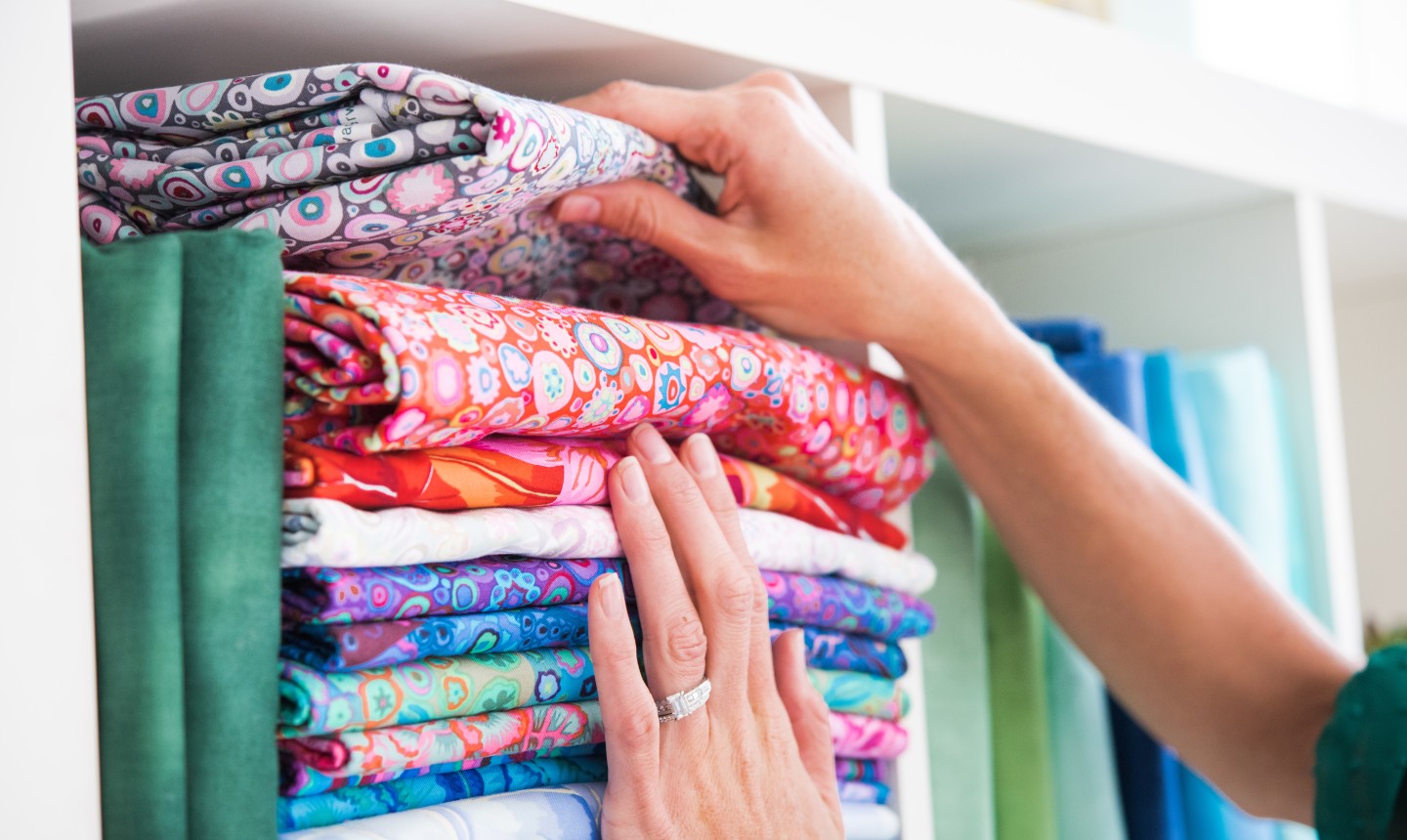
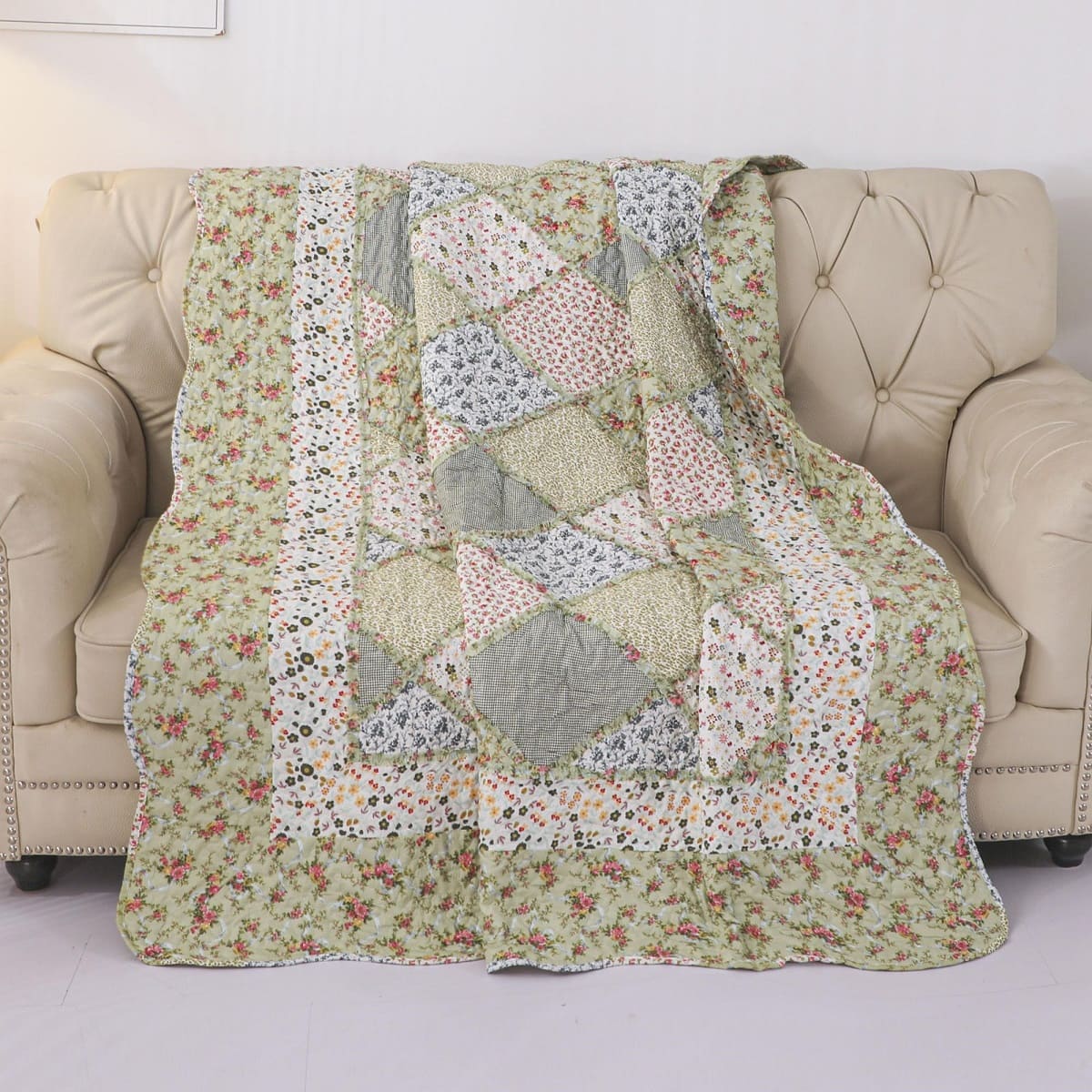
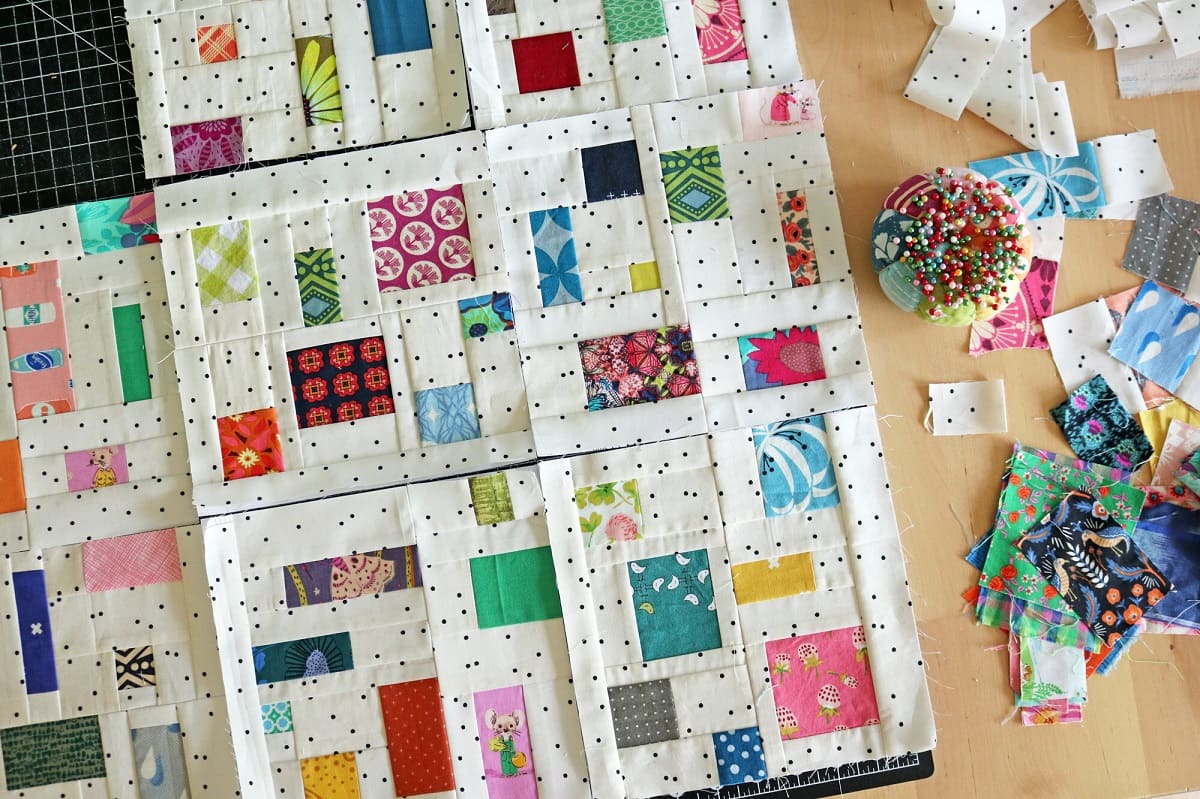
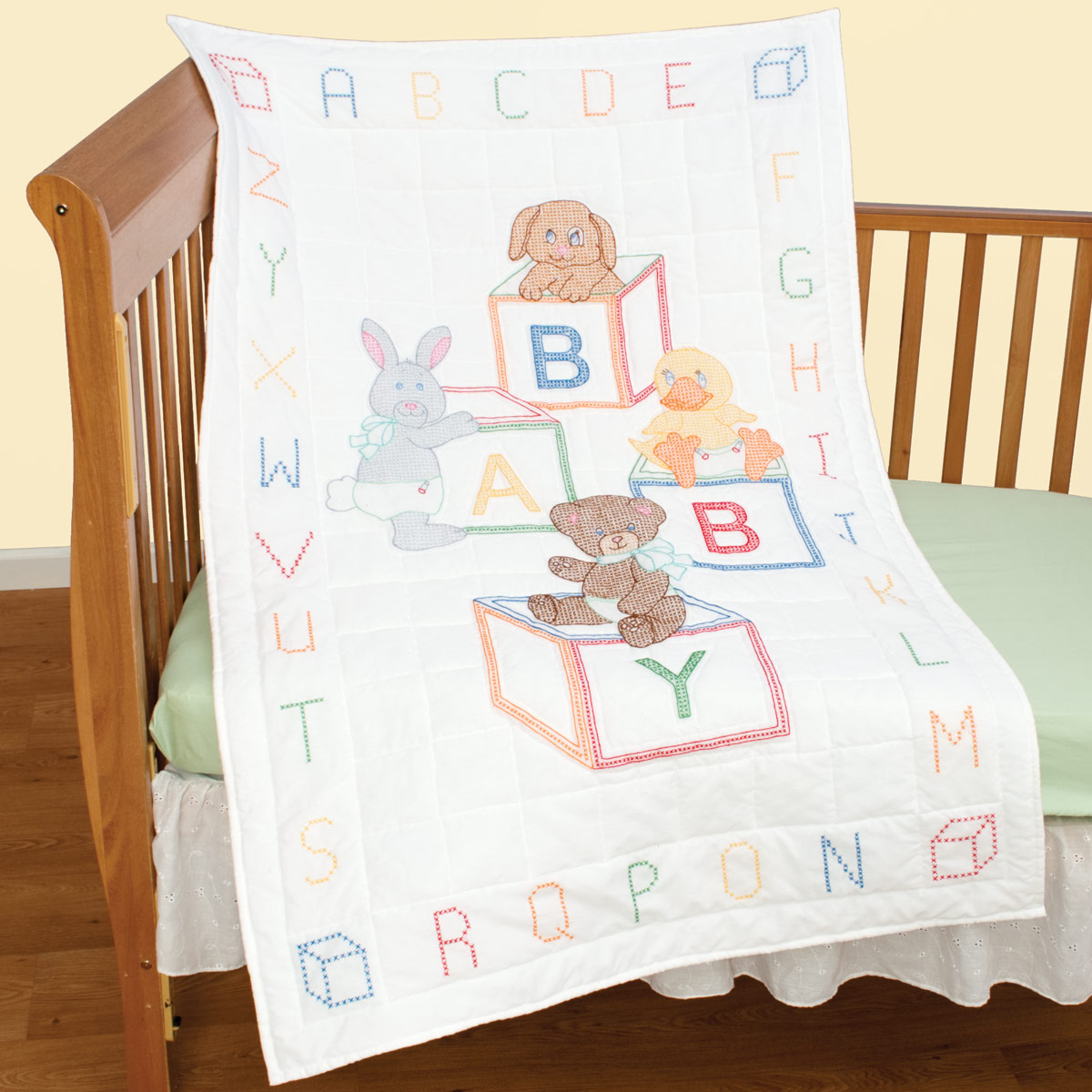

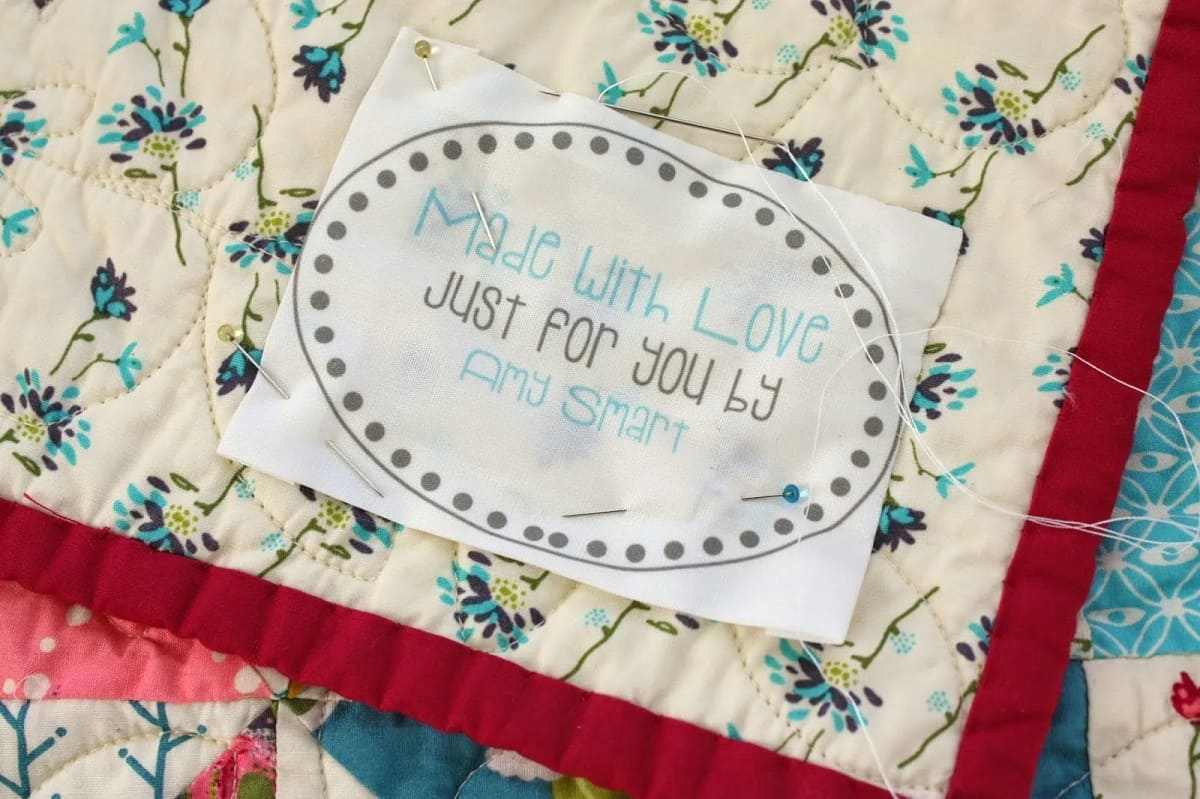
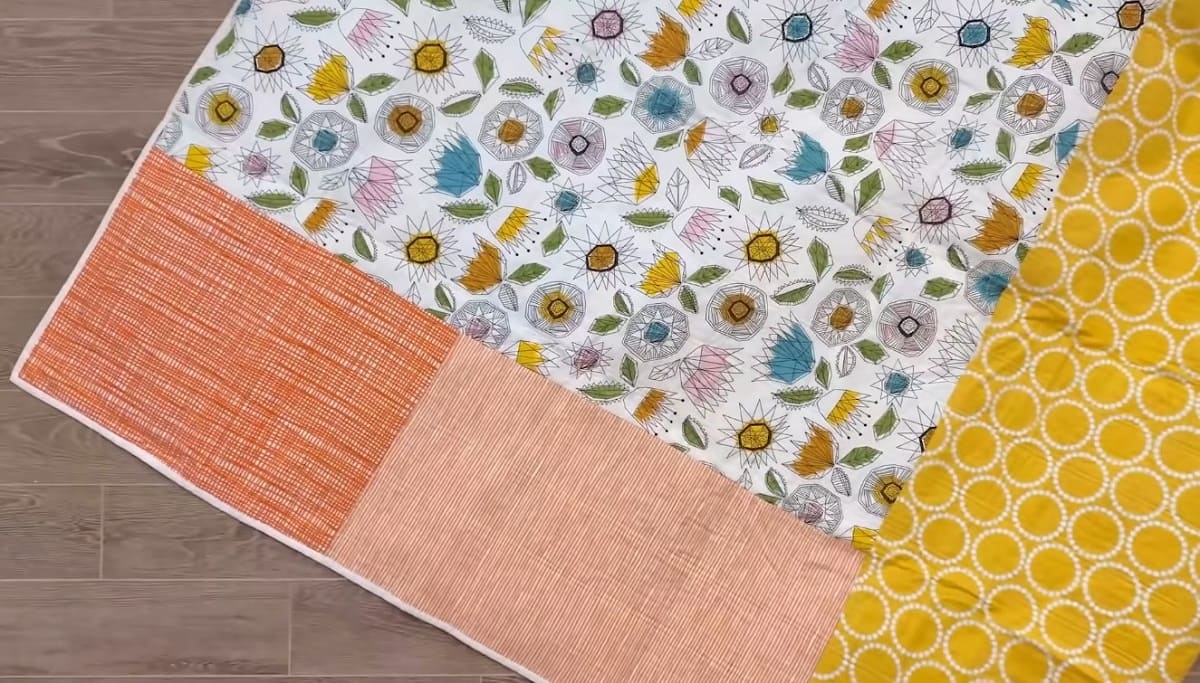
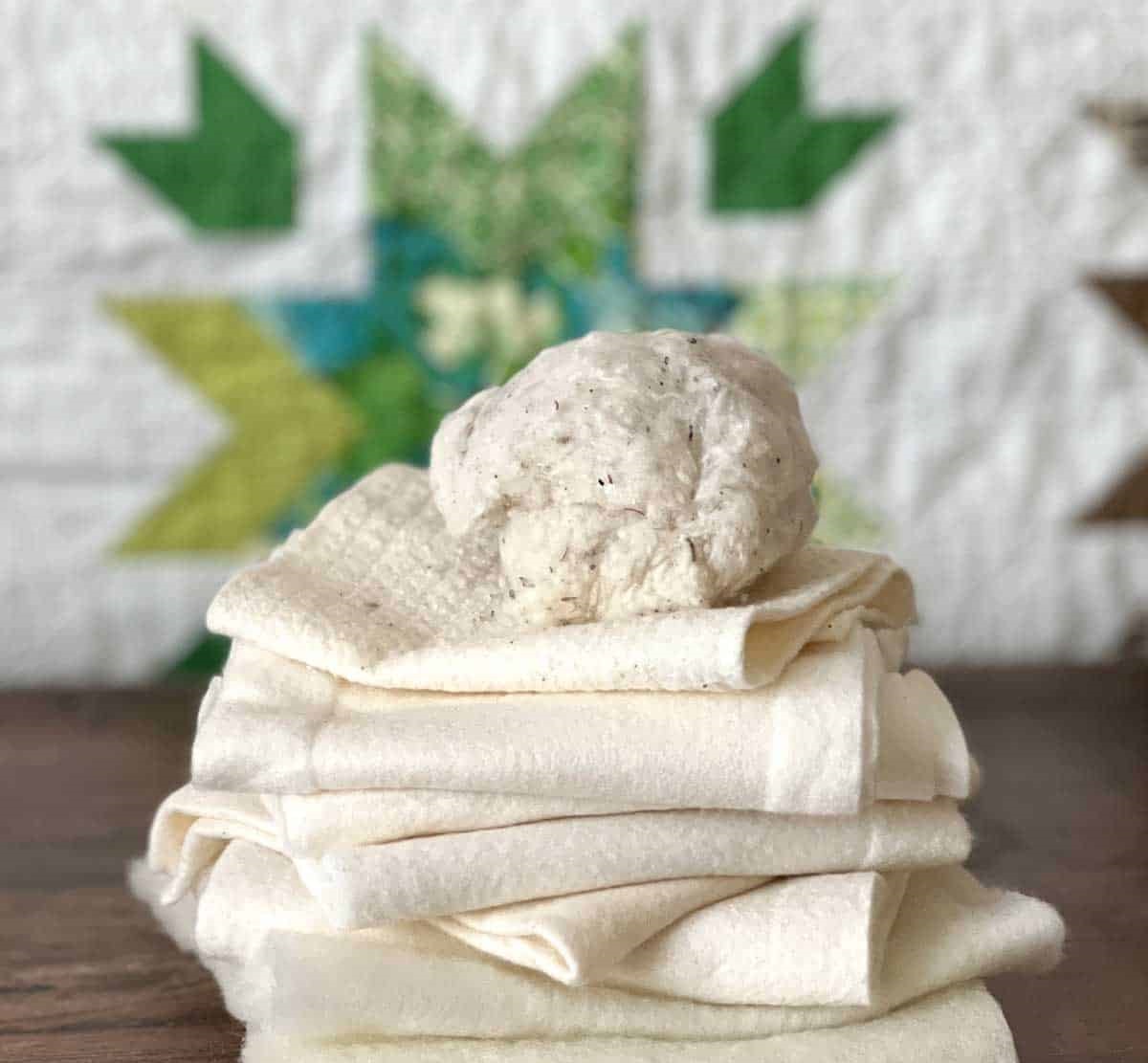

0 thoughts on “What Is A Stack And Whack Quilt”